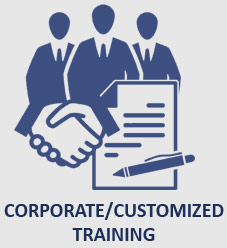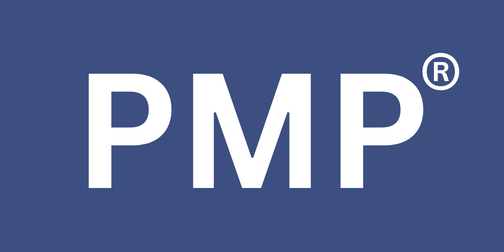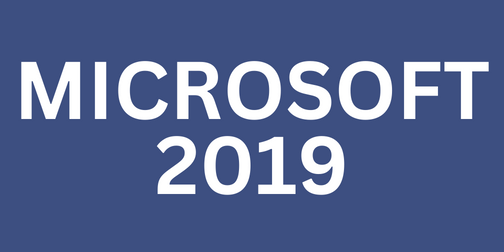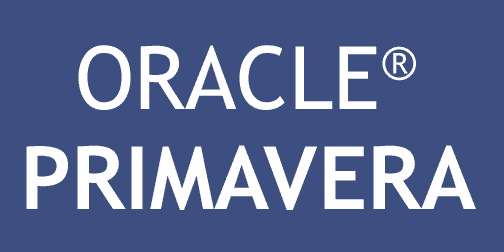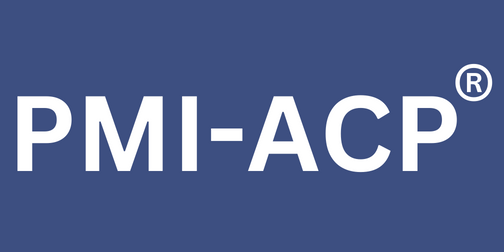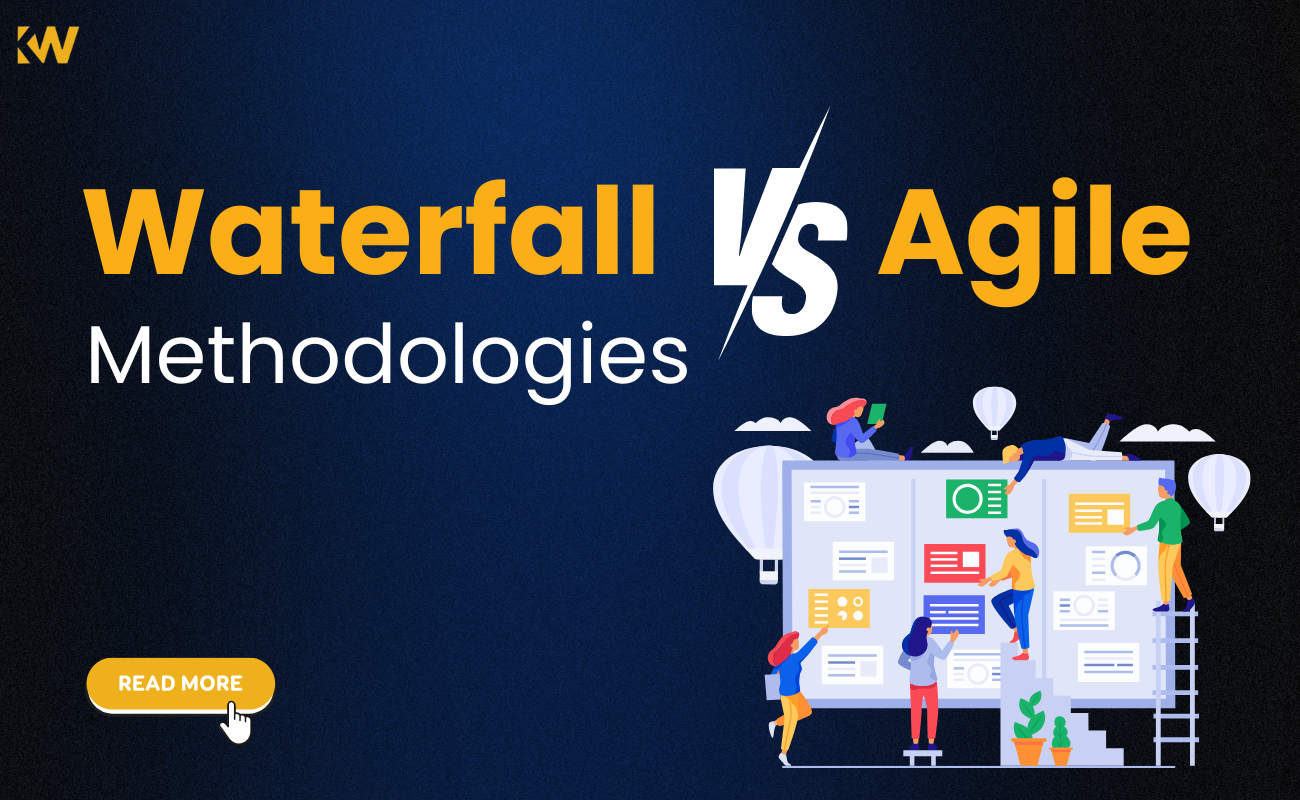
Agile vs Waterfall: Which Will Lead Your Projects to Victory?
Posted On June 11, 2024 - 16:41 PM
The battlefield of project management is a crowded one, with countless methodologies vying for dominance. Two titans stand out: Agile and Waterfall. But which one will lead your projects to victory? The answer, like most things in life, is "it depends." This blog delves into the depths of Agile and Waterfall, exploring their strengths, weaknesses, and the ideal scenarios for each.
Software Development Life Cycle (SDLC)
Before diving into specifics, let's establish a common ground: the Software Development Life Cycle (SDLC). The SDLC is a framework that defines the stages a software project typically goes through, from conception to launch and beyond. Understanding these stages is crucial for selecting the most suitable project management methodology.
What Is the Waterfall Model?
The Waterfall model, often referred to as the linear-sequential life cycle model, is a traditional and structured approach to SDLC. Imagine a waterfall, cascading down in a series of distinct stages. Waterfall follows a similar principle, with each stage completed in sequence before moving on to the next. This methodology provides a clear roadmap for projects with well-defined requirements.
How Does Waterfall Work?
Waterfall typically involves the following stages:
-
Requirement Gathering: Project stakeholders meticulously define the project's functionalities and features. This stage lays the groundwork for the entire project.
-
System Design: Based on the gathered requirements, a system design document is created, outlining the technical architecture and components.
-
Development: The development team translates the design document into code, building the software piece by piece.
-
Testing: The developed software undergoes rigorous testing to identify and rectify bugs.
-
Deployment: The completed software is released to the end users.
-
Maintenance: The development team addresses post-deployment issues and implements bug fixes.
Features of Waterfall
-
Structured Approach: Waterfall offers a clear, step-by-step process, ensuring all bases are covered before moving forward.
-
Detailed Documentation: Extensive documentation is generated throughout the process, providing a historical record for future reference.
-
Predictable Timeline: With clearly defined stages, Waterfall allows for a more predictable project timeline.
Pros of Waterfall Model
-
Excellent for Well-Defined Projects: When requirements are well-understood and unlikely to change, Waterfall excels in streamlining development.
-
Clear Project Management: The structured approach facilitates clear communication and project oversight.
-
Minimal Risk of Scope Creep: The rigidity of Waterfall helps maintain focus and prevents uncontrolled feature additions.
Cons of Waterfall Model
-
Inflexible to Change: Adapting to evolving requirements mid-project can be challenging in Waterfall, leading to delays or rework.
-
Limited Client Involvement: Clients typically have minimal involvement during development, potentially leading to dissatisfaction with the final product.
-
Potential for Errors: Early stage errors can snowball through subsequent stages, as there's limited opportunity for course correction.
What Is the Agile Model?
Agile is a collection of iterative and evolutionary approaches to project management. Unlike the waterfall's cascading sequence, Agile focuses on delivering projects in short, incremental cycles called sprints. Each sprint tackles a set of prioritized features, with continuous feedback loops allowing for adjustments as the project progresses.
Stages of the Agile Life Cycle
Agile methodologies don't follow a rigid, pre-defined set of stages. However, some common practices include:
-
Backlog Refinement: Continuously prioritizing and refining a list of features (the product backlog) ensures the team focuses on the most valuable aspects.
-
Sprint Planning: The team plans the upcoming sprint, selecting features from the backlog and defining the deliverables.
-
Daily Stand-up Meetings: Short, daily meetings keep everyone on the same page and address any roadblocks.
-
Development and Testing: The team works on the sprint backlog items, integrating development and testing throughout.
-
Sprint Review and Retrospective: At the end of the sprint, the team showcases their work and reflects on the process, identifying areas for improvement.
Features of Agile
-
Iterative Development: Projects are broken down into smaller chunks, allowing for continuous feedback and adaptation.
-
Focus on Value: Agile prioritizes delivering the most valuable features first, ensuring a higher return on investment.
-
Client Collaboration: Clients are actively involved throughout the development process, providing continuous feedback.
Pros of Agile Model
-
Adaptability to Change: Agile readily embraces changes in requirements, ensuring the final product aligns with evolving needs.
-
Faster Time to Market: Delivering features in sprints allows for earlier user feedback and faster product launch.
-
Improved Client Satisfaction: Client involvement throughout the process fosters better understanding and higher satisfaction
Cons of Agile Model
-
Unpredictable Timelines: The dynamic nature of Agile can make it difficult to predict project timelines with absolute certainty.
-
Potential for Scope Creep: The focus on client feedback can lead to feature creep if not managed effectively.
-
Requires a High-Performing Team: Agile thrives on a collaborative and adaptable team environment, which may not be present in all teams.
Key Differences Between Waterfall and Agile
Here's a table summarizing the key differences between Waterfall and Agile:
| Feature | Waterfall | Agile |
| Project Approach | Sequential, linear | Iterative, incremental |
| Requirement Gathering | Upfront and comprehensive | Ongoing and evolving |
| Client Involvement | Limited | Active and continuous |
| Documentation | Extensive and detailed | Lighter and more focused |
| Flexibility | Low | High |
| Timeline Predictability | High | Lower |
Common Similarities Between Agile Project Management and Waterfall
Despite their differences, Agile and Waterfall share some commonalities:
-
Both aim to deliver successful projects.
-
Both involve planning, development, testing, and deployment stages.
-
Both require effective communication and collaboration within the team.
Why Does Agile Reject Waterfall?
Agile isn't inherently against Waterfall. However, the rigid structure of Waterfall can be problematic in today's fast-paced environment, where project requirements often evolve. Agile offers a more adaptable approach that caters to changing needs and fosters continuous improvement.
How Do Waterfall and Agile Compare?
Choosing between Waterfall and Agile boils down to understanding your project's specific needs. Consider these factors:
-
Project Requirements: Are the requirements well-defined and unlikely to change? (Waterfall) Or are they evolving and require flexibility? (Agile)
-
Project Timeline: Is a predictable timeline crucial? (Waterfall) Or is faster time-to-market with early user feedback a priority? (Agile)
-
Client Involvement: How much client involvement is desired throughout the project? (Agile) Or is a more hands-off approach preferred? (Waterfall)
When Is Waterfall Methodology Better Than Agile?
Waterfall shines in scenarios like:
-
Developing safety-critical systems where strict adherence to specifications is paramount.
-
Projects with well-defined requirements that are unlikely to change significantly.
-
Large-scale infrastructure projects that benefit from a structured approach.
Advantages of Agile Over Waterfall Model
Agile offers distinct advantages, making it ideal for:
-
Projects with constantly evolving requirements.
-
Developing innovative products where early user feedback is crucial.
-
Teams that thrive in a collaborative and adaptable environment.
Can You Combine Agile and Waterfall?
In some cases, a hybrid approach combining elements of both Waterfall and Agile can be beneficial. For instance, a project with a well-defined core functionality (Waterfall) might use Agile for developing additional features that require more flexibility.
Conclusion
There's no single "best" project management methodology. The optimal approach depends entirely on your project's specific requirements and goals. Agile provides a flexible and adaptable framework for projects with evolving needs. Waterfall excels in structured environments with well-defined requirements. By understanding the strengths and weaknesses of each approach, you can select the methodology that will lead your projects to victory.
Check out this blog : Effective Negotiation Skills for Project Managers











